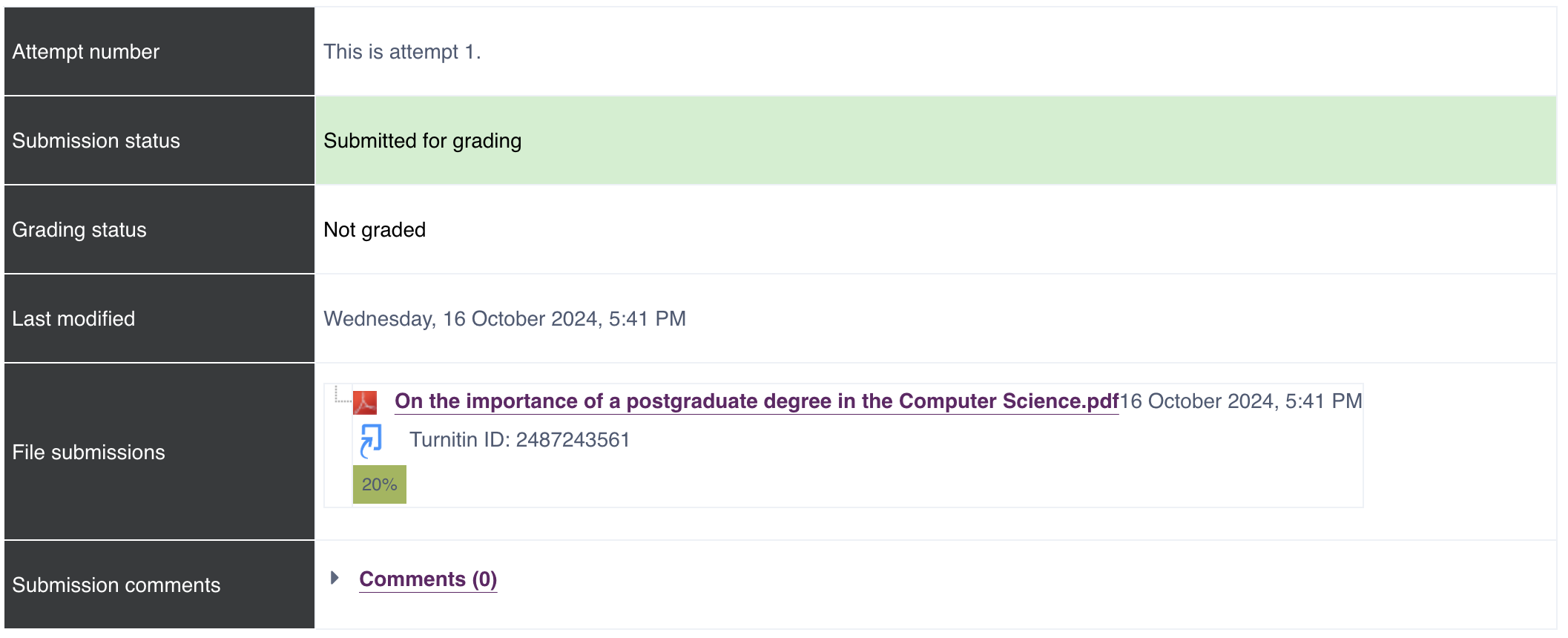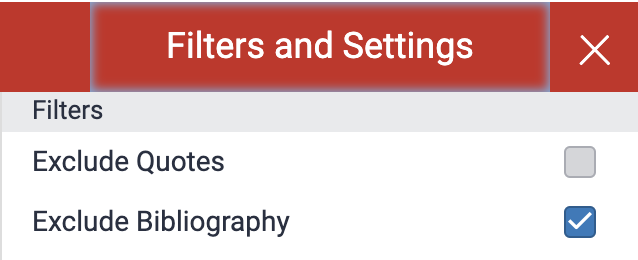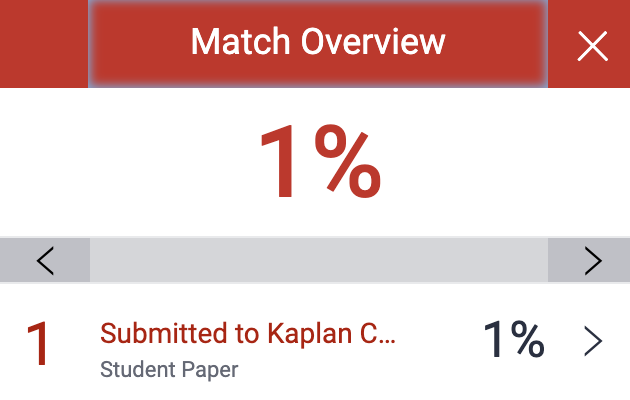Induction Assignment: Plagiarism
One of the core ideas behind student work is that it must express original ideas. Basically, you cannot copy someone else’s work and claim that it’s yours, otherwise it’s plagiarism.
The concept is pretty obvious, I know. But — again, I’d like to stress that my previous venture in academia was brief and shallow — there’s so much more to it. The concept of plagiarism is wider than just copying others’ words, and I’d like to dive deeper into the issue.
The induction module materials include a lot about plagiarism: articles, lecturecasts, and so on. The topic of plagiarism is also very closely connected to the practice of using citations and references. Earlier, I mentioned that
The reason was that citations and references apply not simply to pieces of� text or facts; they apply to ideas. That is, if you’re using a source (say, an article) that says, for example, “referencing is important”, and you later make that point, even with your own words, you must include a citation like
(Smith, 2024)and later include the source in the references list below your work.
Why do that? If you use someone else’s ideas, you must credit the author. Sounds quite logical and no objections from my side. Why’d I have any? Obviously, I do not want to steal someone’s work, for ethical and practical reasons — plagiarism is an offence and one can be expelled for it.
Internally, I’ve subdivided the different ways plagiarism may occur into different “levels.”
Level 1 — Copy someone’s work verbatim
In my experience, this is the common understanding of the term “plagiarism”: you copy verbatim from a material, be it an entire work or a section thereof. Of course, you can reproduce sentences or phrases verbatim, but it’s vital that you cite the author and mention the source in the list of references. And there’s a limit of 10% for such usage.
Level 2 — Copy sentence structure
UoEO materials mention another case of plagiarism: it’s not allowed to copy the sentence structure. That is, you cannot simply take a sentence and replace some of the words with synonyms. To avoid it being detected as plagiarism, you actually need to rephrase and express the idea in a new way. And of course, don’t forget the citation.
Level 2.5 — Cite incorrectly
It is also important that all citations and references are properly formatted according to the institution’s rules.
Level 3 — Copy ideas
This case is the logical continuation of Level 2: if you consult a source and want to use an idea from there, rephrase it and add a citation. Seems easy, doesn’t it?
Actually no, it doesn’t!What’s the issue?
Even though I do not plan on stealing ideas from other works consciously, and it seems that tracking sources isn’t that difficult, I have a couple of concerns:
- What if I read a paper, internalize a thought, and later reproduce it honestly believing the idea was mine?
- What if I express a common idea and it is detected or — worse — treated as plagiarism?
- What if I somehow mess up a reference and lose a comma somewhere?
The materials provided do not seem to discern between the cases. Moreover, they include a “common excuses” section, and while the provided examples don’t exactly align with my thoughts, sometimes they aren’t that different.
- Where’s that line where an honest mistake like a missing comma becomes an offence?
- How do I make sure that all my ideas are original?
- I might come to conclusions already expressed somewhere else, even perhaps one of my fellow students of the same course, ain’t I?
Detecting plagiarism
Thankfully, you shouldn’t submit your assignments in blind hope that you haven’t exceeded the limit of verbatim citations or other material reproductions. Just like the module tutor has the tool for detecting plagiarism, you have it too.
UoEO uses the Turnitin plagiarism detector in their work. Not only are the submitted assignments all uploaded to Turnitin, but there’s also a Turnitin sandbox link in the module resources. Once you think you’re finished with your work, you can upload it to the sandbox to see the originality check result and the detailed report.

Here you can see Turnitin shows 20% similarity in my uploaded work. However, it’s too early to panic, as it’s the similarity level for the entire file, and remember what’s at the end of it? Right, the references. Of course, it would be naive to think the references could be unique and original. That’s what the folks from Turnitin thought too, so there’s an option to exclude the references list from the similarity report:

Once the bibliography is excluded, the similarity falls to a reassuring 1%, with the only issue reported being the essay title that I didn’t spend much time on anyway.

Another thing that makes me hope for the best is that in the materials on plagiarism, the university claims that the tutors will use their academic experience when reviewing the similarity report, so perhaps my concern about “common ideas” isn’t that relevant anyway.
This post is a part of a series about the Induction module.
See more posts